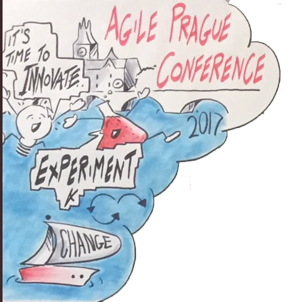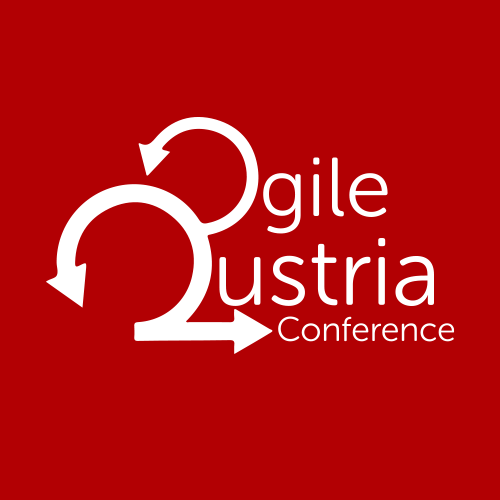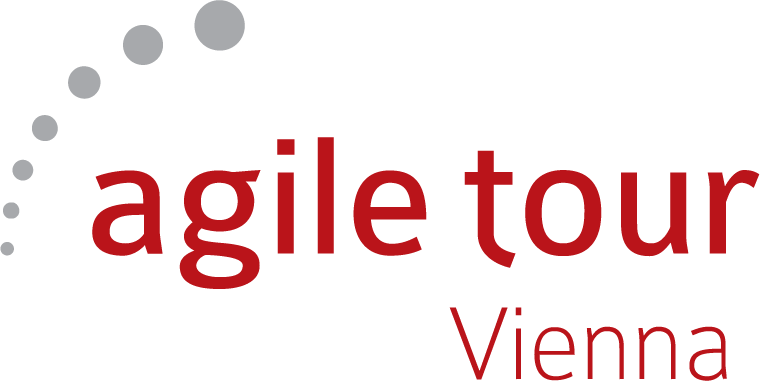Attendee Information
Agile Prague conference is getting closer.
Please come to the registration desk at 8:30 am so we allow the conference to start on time.
All you need to register is your name and company, the badges are sorted by the first name.
read more »
Join the Certified Designing Agile Organizations Workshop with Jurgen De Smet
Join a two-day Certified Designing Agile Organizations workshop on Sep 17-18 as a combo with the conference (Sep 15-16). The capacity is limited!
read more »Join the ICAgile Professional Agile Coaching Certification Workshop with John Barratt
Join a two-day ICAgile Professional Agile Coaching Certification workshop on Sep 17-18 as a combo with the conference (Sep 15-16). The capacity is limited! Sold out, waitlist only.
Open Space
Wouldn’t it be great to go to a conference that included all of the topics that are most interesting to you? A conference that addressed your most pressing questions?
That’s what the Open Space sessions are for. It’s the part of the conference that you get to design.
Join the lunch Open Space and deepen your learning experience.
read more »
Joakim Sundén: A Practical Introduction To Kanban
by Anna Kulakowska
The introduction to Kanban was not only practical, but it also provided numerous interesting examples from real-life. The practical tips can be applied to any methodology and the aim is 'to stop starting and start finishing'.
If you ever wondered how to improve your results, you may wish to have a closer look at the following recommendations:
Limit work in progress
You can achieve it by limiting work to capacity and slicing the work into smaller units. The immediate advantage will be less rework, and shorter waiting periods. When you concentrate on one or two things, you can exploit and elevate bottlenecks, and remove impediments more readily. Another important benefit is that by limiting the number of tasks, you do not waste time switching between the different tasks, researching the issues, and figuring out what was it all about. Moreover, as you are part of a multifunctional team, it becomes much easier to ensure that this task goes through the whole cycle and gets completed.
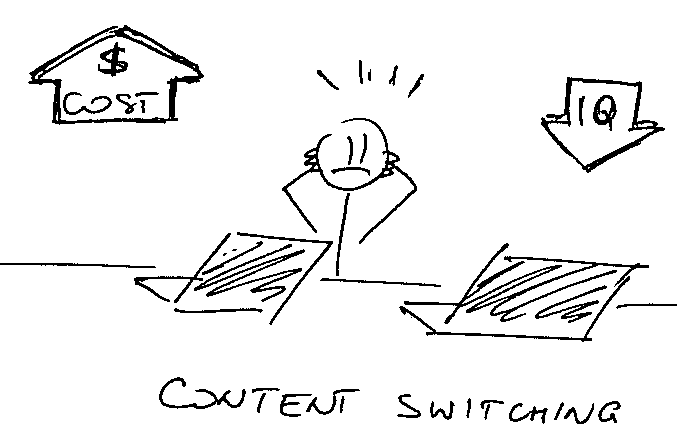
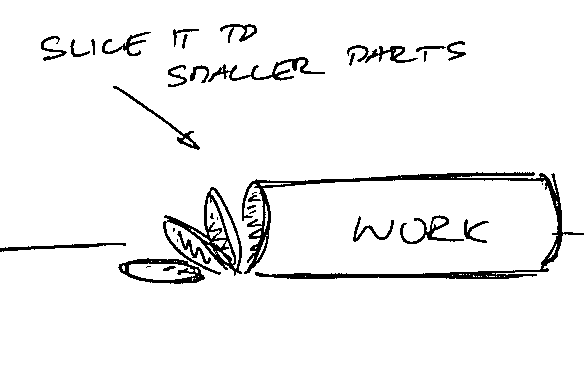
Visualize your work
Using visual aids, for example, colors to denote type of work, avatars to represent team members and presenting it all on a table has some advantages. Firstly, the standup time can be shorter, if everyone can clearly see the tasks, the status, and the workflow. The use of avatars limits the workload and you can agree within your team to use only two for every team member.


The graphics were created by Richard Fridrich.


